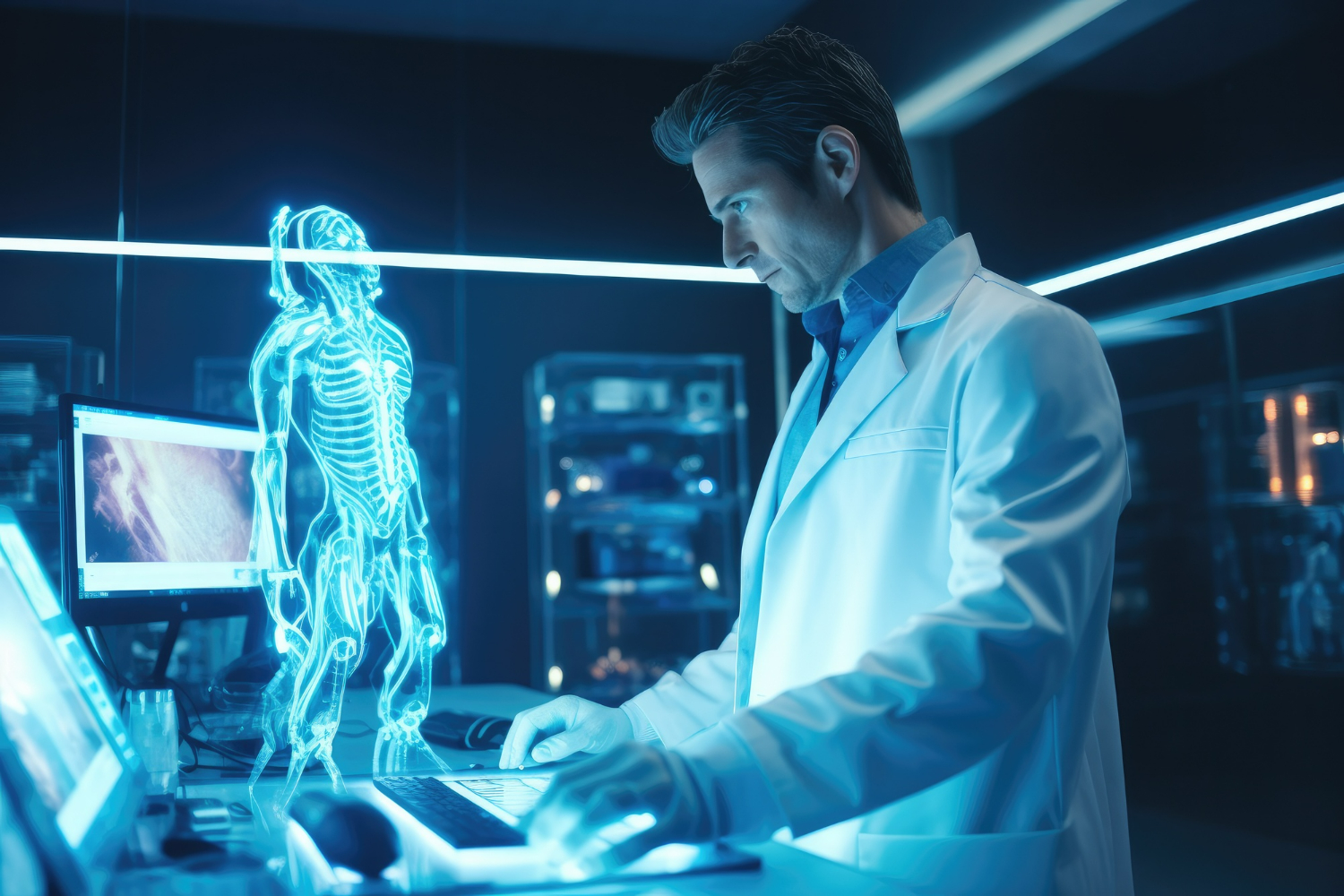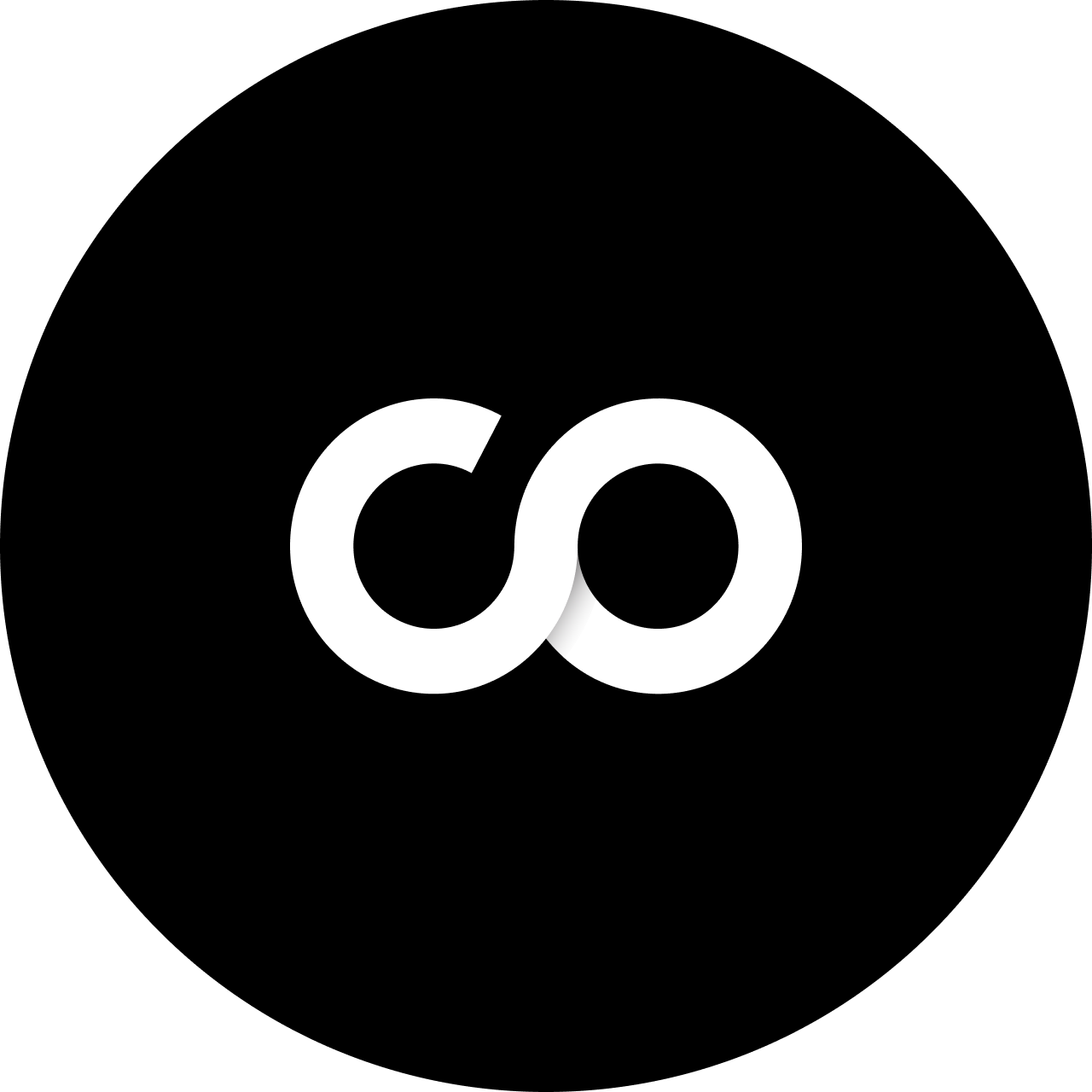
In this fast-paced life of the modern era, one technology that paves the way for personalized healthcare in a convenient way is Remote Health Monitoring. Although, the history of remote health monitoring dates back to 150 years ago, when telemedicine arose, it wasn’t the same before the world faced one of the deadliest pandemics of recent times, COVID-19 that acted as an eye opener to understand the importance of this healthcare platform. McKinsey & Company has reported that the utilization of remote monitoring in the US took a surge from 11% in 2019 to 46% in 2020.
Today the realm of remote health monitoring is way beyond telehealth, where AI-driven wearables, smart garments, IoT devices, or 5G networks, the cutting-edge technologies are evolving this healthcare platform every passing day.
A report by MarketsandMarkets projects this to reach USD 41.7 billion by 2028, at a compound annual growth rate (CAGR) of 20.1% from the year 2023-2028.
Let’s discover the recent smart technological advancements that are revolutionizing remote health monitoring.
Remote Health Monitoring: The Array of Cutting-Age Technologies
Decades ago, when remote health monitoring first began to rise through telehealth, it led to a massive revolution in the way the healthcare system was operating. Day by day its realm is expanding rapidly as new-age technologies are holding its hand. Here are some of the major technical transformations guiding the evolution of remote health monitoring:
Wearable Devices: A Guiding Force in Remote Health Monitoring
Wearable technology is leading the way in the development of remote health monitoring through biosensor-based devices. A realm of revolution that began with simple smartwatches or step trackers has reached a whole new level of sophisticated wearables ranging from headbands, and collars, to pelvic belts. These smart devices are capable of monitoring a range of physiological conditions like heart rate, blood pressure, and bodily activity. With implanted biosensors, vital signs and biometrics such as blood pressure, temperature, glucose levels, and even sleep patterns can be continuously monitored in real-time.
This technology is becoming so lucrative among users that the market for wearable medical devices is expected to grow at a compound annual growth rate (CAGR) of 13.2% and reach $30.1 billion by 2026, as reported by Spyglass Consulting group.
Smart Garments: The New-age Biosensor-based Textiles
With the advent of sensor-laden E-Textiles, the landscape of wearables has expanded further, reaching our wardrobes. These biosensor-based smart garments, like shirts to monitor heart rate to pants that can track posture, are becoming increasingly popular. EKG-Tracking Smart Clothing, Smart Socks, Glucose-Monitoring Smart Apparel, Smart Innerwear, and Sensory baby vests equipped with sensors offer continuous monitoring of physiological parameters of organs of proximity. Furthermore, E-textiles have revolutionized remote treatment possibilities for diseases like precancerous skin conditions, epilepsy, and arthritis by aiding drug delivery.
The Mayo Clinic USA has adopted smart garments technology and connected the same to a remote patient monitoring platform, which is showing budding benefits.
IoT and Edge Computing: The Next-generation Leap
Before the Internet of Things (IoT), patients’ interactions with doctors were limited to visits, and tele and text communications. Moreover, unpredictable health detriments that were difficult to manage, have come under the grip of IoT. For example, with the advent of IoT-connected devices like inhalers, the frequency of asthma attacks is being able to be determined, as well as through the collection of data from the environment healthcare providers can understand what triggered an attack. In addition, some patients don’t take their medicine in appropriate doses or at the correct times. IoT-driven smart medication dispensers at home can automatically upload information to the cloud and alert doctors when patients skip medicine.
Moreover, the collaboration of low-latency edge computing with IoT devices is speeding up remote care like sensors that are monitoring glucose levels are sending the information to an insulin pump that can inject it accordingly.
A study published in 2023, in “Sensors” revealed the increased interest of healthcare providers in IoT-driven systems due to the improved capabilities resulting from the integration with edge computing.
St. Joseph’s healthcare systems and HCA Healthcare, USA have adopted IoT solutions to monitor patients remotely and have gained remarkable advantages through improving patient flow, reducing wait times, and optimizing staff levels.

Artificial Intelligence Steering the Wheel
Living in the Internet of Things (IoT) and Big Data era, remote health monitoring systems produce large amounts of valuable health-related data that are being analyzed by intelligent platforms using AI and ML.
For example, if a patient’s heart rate variability has been gradually decreasing over time, AI can alert medical professionals to the increased risk of a cardiac event.
In addition, simple ChatBots used for medical suggestions have been revolutionized through AI and ML algorithms, contributing to the patient’s interviewing process and providing self-care recommendations.
Johns Hopkins Hospital, Maryland, USA, and Oslo University Hospital, Norway have seamlessly integrated AI into their telehealth solutions, allowing patients to access medical care remotely.
Research suggests that by 2032, the global market for healthcare chatbots will be worth $ 944.65 billion. The increase in internet penetration, smart device adoption, and the demand for remote medical assistance are driving this market forward.
Obstacles in the Way of a Bright Future
Although remote health monitoring systems are gaining popularity among patients and healthcare providers, certain technological obstacles need to be addressed.
Data Accuracy and Security
Inaccurate sensors that are not calibrated correctly, may result in anomalous readings. In addition, the data generated is vulnerable to cyber-attacks or breaches that can compromise confidentiality.
Real-time Data Access and Cost of Devices
To access data in real-time, there is the need for constant network connectivity to the devices. Moreover, a baseline bandwidth must always be maintained which is not always possible in remote areas. Along with this, the per-unit costs, licensing costs, and software costs for the devices are huge at times. In addition, the technical staff required to manage and maintain the system also requires high expenditure.
Despite the obstacles, remote health monitoring has a bright future as a report by Frost & Sullivan estimates a 7x growth in telehealth by 2025, with remote monitoring playing a crucial role in supporting healthcare delivery.
The future trends are going to be guided by
5G networks that are developed specifically to scale to dense networks supporting enormous amounts of devices. 5G has higher capacity and lower latency compared to many other technologies enabling support to more devices and more data with better performance.
Blockchain technology to solve issues around data risks in the collection, storage, and processing of electronic health records. In addition, Blockchain offers opportunities for remote patient monitoring using cost-effective techniques.
To Conclude
As we stand on the precipice of a transformative era in healthcare, the fusion of technology and medicine holds immense promise for a healthier future. From AI-powered diagnostics to personalized medicine, the possibilities are endless. However, realizing this potential requires a holistic approach that prioritizes accessibility, affordability, and patient-centricity.
At Codewave EIT Inc., we are at the forefront of this revolution, leveraging our expertise in remote health monitoring technology to bridge the gap between patients and healthcare professionals. Our innovative solutions enable real-time data collection, analysis, and intervention, empowering individuals to take charge of their health and well-being.
By embracing the power of technology, we can usher in a new era of healthcare where preventive measures take precedence, chronic conditions are effectively managed, and access to quality healthcare becomes a reality for all.If you are a healthcare provider or organization looking to transform your approach to patient care, we invite you to explore our solutions and partner with us on this journey toward a healthier tomorrow. Contact our team today to unlock the potential of remote health monitoring and empower your patients to thrive.
